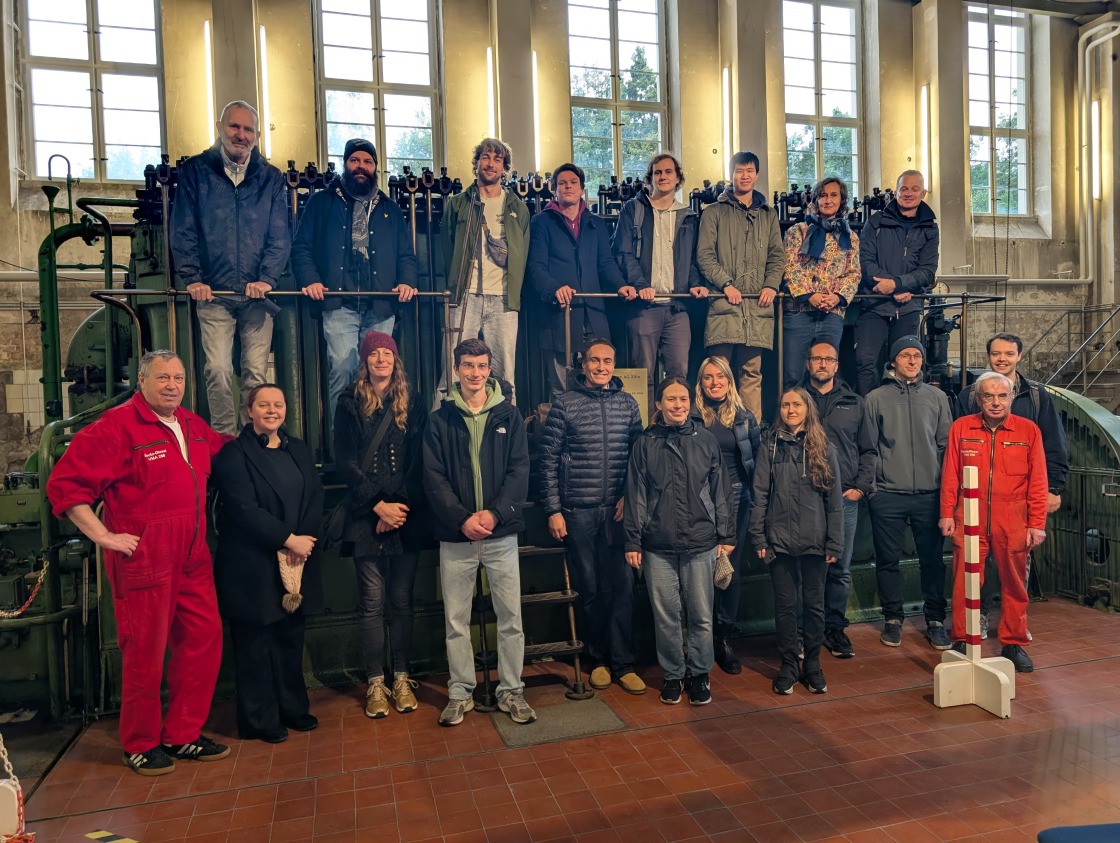Institute Methods and Instrumentation for Synchrotron Radiation Research
Join Us! Become a part of PS-ISRR!
Research and Job Opportunities
It's great that you have the same excitement for science as we do! We are glad to welcome you in our Institute and find out how research at HZB could fit into your studies and career. At the Faculty of Physics and Astronomy at Potsdam University we offer the full range of academic degrees, in particular Bachelor, Masters and PhD – just contact Prof. Dr. Alexander Föhlisch. We are also excited to develop and support your individual grant proposal on topics strengthening the science program.
Current Opportunities:
- Molecular energy science with soft X-ray spectroscopy: We want to understand how the hydrogen bonding network in aqueous solutions influences efficient energy conversion. Tools: Resonant inelastic X-ray scattering and X-ray absorption spectroscopy.
- Excited state dynamics at active (photo)catalytic sites: We want to control rate and selectivity of chemical reaction steps in order to enhance useful pathways or substitute harmful intermediates or catalysts. Tools: Time resolved laser excited molecular dynamics with dynamic X-ray absorption und resonant inelastic X-ray scattering.
- Charge transfer dynamics in photovoltaic and surface/electro-chemical materials: We find out how efficiency of battery materials and photovoltaic materials can be enhanced by optimizing ultrafast charge transport. Tools: Electron Spectroscopy for Chemical Analysis combined with optical laser excitation.
- Electronic Structure of complex and correlated transition metal and rare earth functional materials: Basic properties of superconductivity, magnetic switching and optical switches are still poorly understood. We establish high precision values for ground state properties and low energy spin, charge, structural excitations. Tools: XUV resonant inelastic X-ray scattering, coincidence Electron Spectroscopy.
- Computational modelling of functional materials and molecular processes observed by soft X-ray spectroscopy: Every measurement is based on the physics of light matter interaction and the first principles treatment of the electrons and nuclei within the interacting system. Tool: We apply and develop conceptual approaches for efficient computational descriptions in close interaction to soft X-ray spectroscopic observables.

